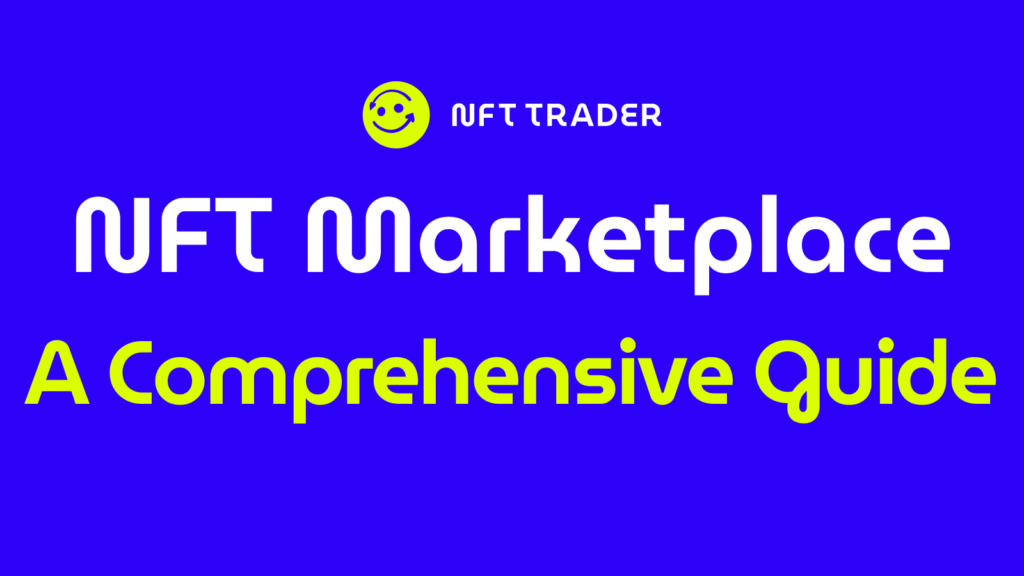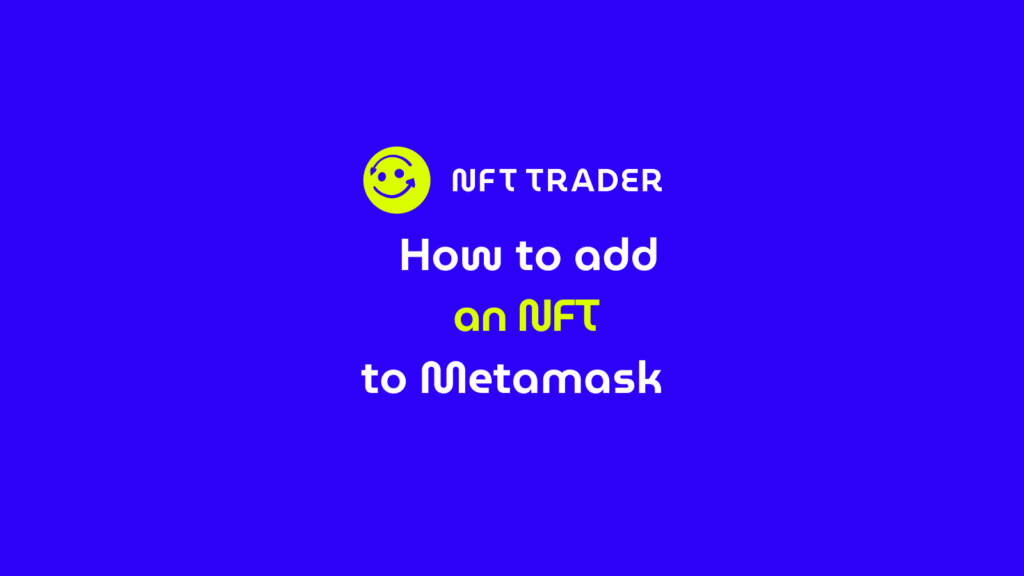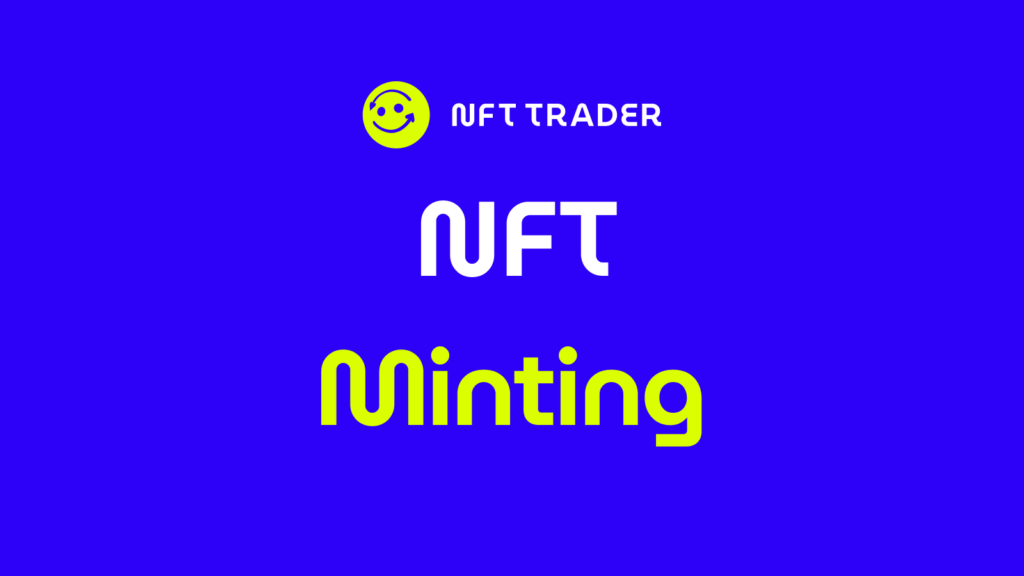What is an NFT Marketplace: A Comprehensive Guide

If you’re immersed in the world of cryptocurrencies, you’ve undoubtedly come across NFT marketplaces, websites where you can buy, sell, or trade these digital tokens.
NFT marketplaces can be likened to the digital equivalent of a collectibles store, with the crucial distinction that the purchased product is digital rather than physical.
These platforms have gained substantial popularity over the years, not only for providing a secure environment for users but also for some achieving significant trading volumes.
Summary:
- Types of NFT Marketplaces
- Selecting the Right NFT Marketplace
- Additional Operations on an NFT Marketplace
Types of NFT Marketplaces
There are several categories of NFT marketplaces, with the primary ones being:
Individual Marketplaces
These exclusively focus on the collection or group of collections associated with a specific team. An example is the CryptoPunks marketplace, and Rarible also offers a white-label solution for creating individual marketplaces.
Generalist Marketplaces
Examples include OpenSea and Rarible. Order books are not commonplace, and individuals are free to buy and sell nearly all collections on supported blockchains.
Aggregator Marketplaces
These platforms retrieve orders from other marketplaces and aggregate them. Their goal is to provide the widest array of options during the purchase and sale phases. Blur, LooksRare, and OpenSea Pro fall within this category.
Bartering Marketplaces
These platforms facilitate the exchange of NFTs with other NFTs rather than solely engaging in buying or selling. Among the most popular are NFTTrader.io
Selecting the Right NFT Marketplace
First and foremost, it’s important to choose an NFT marketplace based on your specific needs, and the aforementioned list can certainly serve as a valuable reference.
Another crucial consideration should be audits. Some platforms utilize common smart contracts, such as Seaport or the 0x protocol, extensively tested and utilized in production. Other platforms employ proprietary smart contracts, emphasizing the importance of audits and bug bounties.
Furthermore, it is essential to use well-known platforms to avoid ending up on sites that may have the ulterior motive of depleting one’s wallet.
Steps to Utilize an NFT Marketplace: The steps are generally consistent across various marketplaces.
- Have a web wallet ready, such as Metamask.
- Subsequently, connect to the marketplace’s website with that wallet, and if necessary, create an account on the site.
Once on the marketplace, various activities can be performed, including buying or selling NFTs, listing NFTs for sale, and potentially minting an NFT if the marketplace allows for it.
Additional Operations on an NFT Marketplace
- Purchasing an NFT: In the case of purchasing an NFT, simply browse the available NFTs within the marketplace and proceed with the purchase. Once the on-chain transaction is successfully completed, you will receive the selected NFT.
- Selling an NFT: To sell an NFT, there are typically two approaches. The first involves listing the NFT for sale at a specified price, and a buyer acquires it at the indicated price. The alternative is to accept an offer.
- Minting an NFT: Some marketplaces allow you to launch your NFT collection or, alternatively, your NFT art. Minting, therefore, refers to the process of creating and releasing a new NFT within the blockchain.



